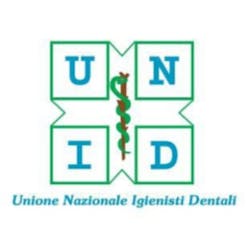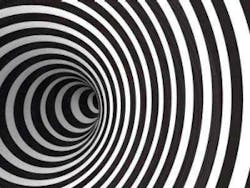Ergonomic guidelines to prevent pain and extend your career
By Bethany Valachi, PT, MS, CEAS
In this RDH UOR lecture, we focused on ergonomic positioning strategies for both the patient and the hygienist, as well as proper selection and adjustment of ergonomic equipment. Following are some positioning "gems" from the lecture to help you work more productively and comfortably.
The most common ergonomic mistake I observe among practicing hygienists and students alike is improper positioning of the patient. This is often done to avoid patient discomfort but has serious potential consequences for the hygienist's long-term health. There are a number of strategies that you can implement to improve patient comfort and tolerance to positioning, while protecting your own posture.
Position the patient correctly for upper arch treatment. Most hygienists do not extend the patient's head far enough when treating the upper arch for risk of causing patient discomfort. To maintain optimal operator posture and ease of viewing, the occlusal plane of the upper arch should be angled backward 10-20 degrees (See photo below).
Flat or double-articulating headrest--is there an ergonomic consideration for either? The answer is a resounding YES, especially when treating the upper arch. Double-articulating headrests can be angled up into the occiput to gain optimal view of the upper arch (See photo below).
A common problem among elderly patients is supporting their kyphotic head posture. An osteo pillow (Crescent Products) is a larger cushion that supports the elderly forward head posture and makes the patient more tolerant to reclining. For those patients who cannot tolerate even a semi-supine position, consider a saddle stool, (View saddle stool article) which will enable closer positioning to the patient while still supporting the operator. If the patient must be treated from a standing position, it is imperative to raise the patient to a height which promotes the least bending and/or leaning. Downsize your Backrest!
Patient chairs with wide backrests cause strenuous leaning and reaching postures to reach the oral cavity in the 8-9 o’clock positions. Did you know that you can retrofit some patient chairs with a narrower backrest to gain closer positioning? For instance, the A-dec 500 chair can be retrofitted with a much narrower "pedo" backrest to get you 3-4 inches closer to the oral cavity. This modification is especially important in hygiene, where the 9 o’clock position is frequently used when treating the right lower posterior quadrant.




